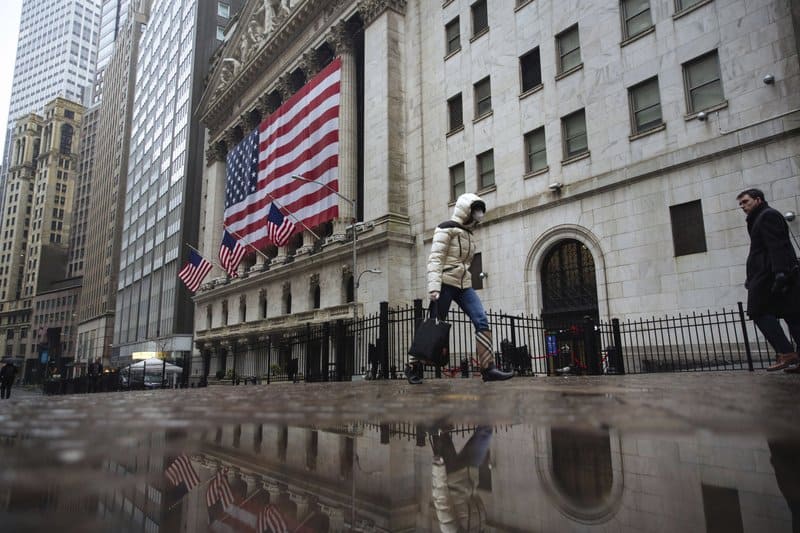Just because stocks have scrambled nearly all the way back to their record heights doesn’t necessarily mean the market is in the clear.
Stocks have a long history of making big gains within long-term down markets, only for the bottom to give out again. Such mini-, ultimately futile rallies were regular occurrences during the Great Depression, and they’ve been recurring in some of the most recent downturns. They’ve happened often enough that Wall Street has a name for them: bear market rallies.
While many analysts say they don’t expect stocks to fall all the way back to their lows set in March, much of Wall Street says the recent surge of nearly 40% for stocks may be setting investors up for disappointment, with rougher times likely to come.
“There’s no question that it’s going to be a choppy recovery,” said Rich Weiss, chief investment officer of multi-asset strategies for American Century Investments. “I have no doubt there will be setbacks.”
At first, it was massive rescue programs by the Federal Reserve and Capitol Hill lifting the market, and more recently it’s been hopes that the worst of the recession has already passed or will soon as businesses begin to gradually reopen across the country. And at each step of the way, many professional investors have said they think the rally has been too much, too fast.
A little more than two thirds of fund managers say this is nothing more than a bear market rally, according to the latest monthly survey by Bank of America conducted in May.
Doug Ramsey, chief investment officer at Leuthold Group, says the market’s recent climb has failed to check off many of the indicators typical of true market bottoms, such as transportation stocks leading the initial stages of the upturn and the S&P 500 dropping below a certain level relative to corporate earnings.
To see how much whiplash a bear market rally can create, consider the 2007-09 downturn when the S&P 500 more than halved. In late November 2008, after Lehman Brothers had already collapsed, the S&P 500 went on a powerful 24% rally on hopes that the worst of the financial crisis may have already passed. But the rally proved illusory, and the market would turn lower and lose nearly 28% before finally finding a true bottom two months later.
The bear market that preceded that one, which stretched from 2000-02, also had a few rallies of roughly 20% that all ultimately proved to be only head fakes, giving way to more declines.
What could trip up this current rally? Here’s what’s at the top of Wall Street’s list:
— A second wave of infections
More than anything, the market’s trajectory will depend on what happens with the spread of the coronavirus. If more waves of infections sweep the country as economies gradually reopen, it could lead governments to announce new lockdowns that would again choke the economy further into recession.
“We could flutter around these levels for six months or 12 months until a vaccine or a cure is discovered, tested and rolled out,” said American Century’s Weiss. “We’re going to be walking on egg shells for a while.”
— This fall’s elections
If Democrats can gain control over the White House and Senate, which prediction markets consider a real possibility, it could mean tax rates are set to rise for businesses. That would crimp profits, which are the lifeblood of the stock market.
Goldman Sachs strategists expect the S&P 500 to end the year at 3,000, which would be only about 4% lower than where it ended Wednesday. But they say that could easily be 2,750, or down nearly 12%, if there’s any further increase in political risk or faltering on the path toward economic reopening.
— Rising U.S.-China troubles
It feels like a lifetime ago, but it was only earlier this year that the United States and China signed a deal marking a truce in their bruising trade war. The hope was that the “Phase 1” deal would allow the world’s two largest economies to at least stop further antagonizing each other.
But tensions have been on the rise again, with complaints lobbed from both sides about China’s control over Hong Kong and each country’s efforts on containing the coronavirus. The worry is that it could all lead to another ratchet higher in dueling tariffs. Even the threat of heightened tensions could limit how much investors are willing to pay for stocks.

